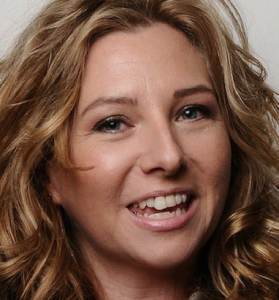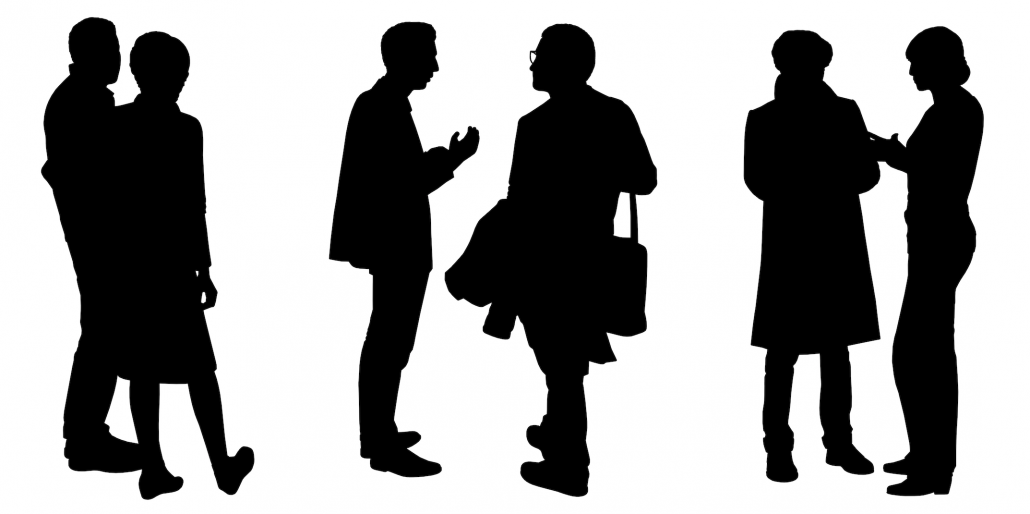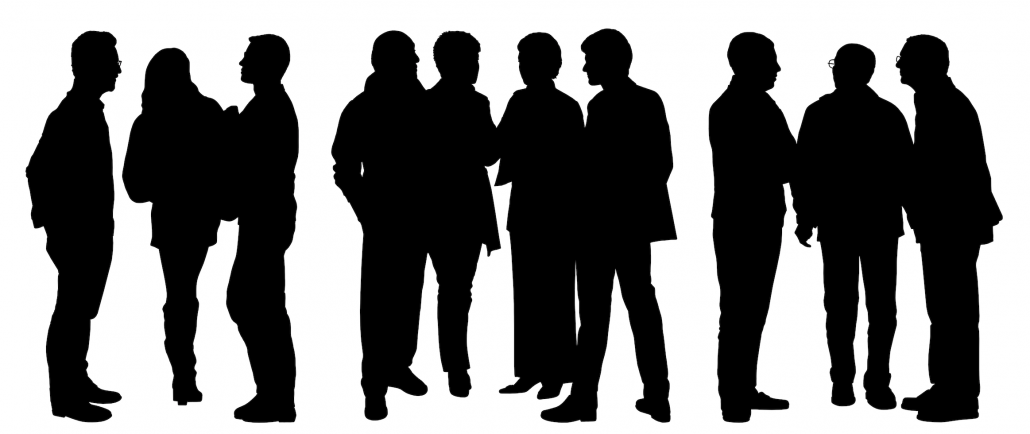Dr. Mary-Rose Hoja explains the art of professional mingling
The Internet is great for networkers, but physical meetings and interactions are actually better. Dr. Mary-Rose Hoja has solid experience in helping science and tech people position and promote themselves. Here she gives some of her best advice.
This interview is a part of the bimonthly theme of Nov–Dec 2016: ”Using oral communication to inform, inspire & instigate.”
 Hi Mary-Rose! Why does a young science or tech person need to learn how to mingle?
Hi Mary-Rose! Why does a young science or tech person need to learn how to mingle?
Because physical meetings and interactions are still the best way to get leads, clients/employers, sales/new work. Meeting in-person is still the strongest way to build fruitful professional relationships and your reputation. You are in a market filled with people just as clever as you, with a PhD like you, published like you. So, soft skills, your relationships, and your reputation are the differentiators. Networking and word-of-mouth referrals are the easiest and most common ways to get a job and get business.
Especially if you are moving from academia to industry, you need to step away from your bench and screen to be visible and make physical contacts. Visibility is a prerequisite for credibility and in turn for success. Physical contact solidifies digital and phone introductions.
What’s the difference between professional mingling and the chatting you do with strangers at party?
Professional mingling means having a strategy and structure for how you behave before, during and after a mingle event. Chatting with strangers at a party is random, open, without direction or intended outcome. You often see the difference in what happens after the event. How follow up, if any, is done tells you very quickly who is networking with purpose and who is not.

How do you proceed if you’re a shy or an introverted person?
Have a plan. Be strategic and structured in the way you do it. Treat it like a project with an intended outcome. You don’t have to go it alone. You can go with a friend or your mentor who can introduce you. Contact the organiser beforehand and when you arrive, go to them first and ask them to introduce you. Have some starting and exit lines prepared. Use props. Use humour.
Practise in front of the mirror. Practise your body language, approach, smile, voice, exit, and handshake with a friend. Film yourself, watch it and practise until you don’t cringe. You can’t improve until you understand how others see you and what you need to change. Everyone can gain confidence and improve their professional mingling skills.
Please explain your mingling strategy. How do you spot interesting people, and how do you start a conversation without feeling awkward?
First, there is no magic bullet. Everything depends on why I am there. I always think in terms of before-during-after the event. I do my homework and set the stage as much as I can before; during – I make sure I meet who I need to and set the stage for follow up. I follow up ASAP, always same day or within 24 hr. With VIPs I call to action, book the next touchpoint, on site if I can.
You spot many interesting people before you even enter the room. At the event, I would look for who the leaders are talking to, who gathers an audience, who is laughing, gesticulating, making others laugh, creating energy and flow.
Starting a conversation often starts with a little joke about the event. Find common ground at the professional-personal interface. Smile. Offer to pour their coffee first at the food table. Ask what the best bit so far was. Or what the most embarrassing bit was. What they hope to get out of it. Don’t ask “So, what do you do?” or “How’s business?”. Ask open-ended questions, never yes/no questions. Strive to be positive and deliver hope.

When and how do you end a conversation?
As soon as you have passed the peak of the conversation, exit ASAP. Watch for the dynamic changing. When the eyes are starting to scan the room you’ve waited too long and need to exit NOW. End a conversation by waiting for the other person to take a breath. Immediately, hop boldly in and say “fantastic meeting you, I need to catch up with X before they go” or “Absolutely. You know I’m going to get some more coffee, would you like a little walk to the coffee table?” Pull in a third person to replace you, set the stage, and leave. Move 2/3 of the room away.
Please give the readers three dos and three don’ts!
Do 1 – Know WHY you are there.
Do 2 – Act with focus before-during-after
Do 3 – Practice! Especially listening and humour.
Don’t 1 – Stop practicing and trying to be better. It helps in all facets of life.
Don’t 2 – Think that you cannot smile or use humour for fear of seeming foolish or unserious.
Don’t 3 – Go unprepared, and go to any and all events. You will exhaust yourself and waste opportunities.
Mary-Rose Hoja of Hoja Consulting, who has a Ph.D. in biomedicine, helps professionals successfully position and promote themselves. See maryrosehoja.com for info about programs, services, articles, useful tips and free training.
- Claire Price of Crastina receives outreach award from Royal Society of Biology - October 25, 2020
- Agile Science student project at Brussels Engineering School ECAM: “We can’t wait to try it again!” - August 28, 2020
- Create an infographic in the Lifeology SciArt Infographic Challenge - June 16, 2020
- Adam Ruben – The scientist that teaches undergraduate students comedy - March 27, 2020
- Sam Gregson, Bad Boy of Science: “Comedy helps to bridge the gap” - March 10, 2020
- The Coolest Science Merchandise of 2019 - December 16, 2019
- Science Media Centre (UK) offers guide on dealing with online harassment in academia - November 26, 2019
- Agile project management taught to students and researchers at Karolinska Institutet - September 20, 2019
- Stefan Jansson: Improve your credibility! (Crastina Column, September 2019) - September 6, 2019
- The People’s Poet: Silke Kramprich, tech communicator - August 31, 2019




Leave a Reply
Want to join the discussion?Feel free to contribute!